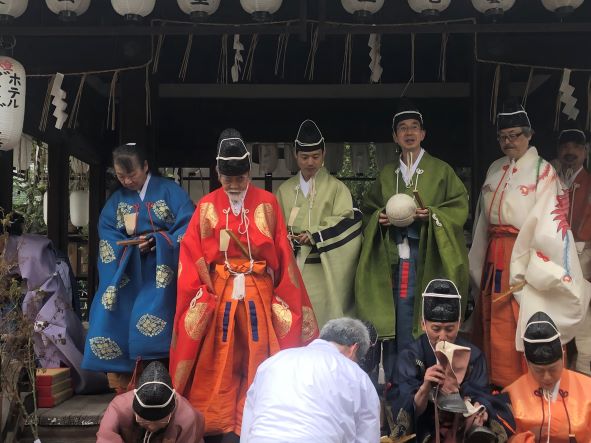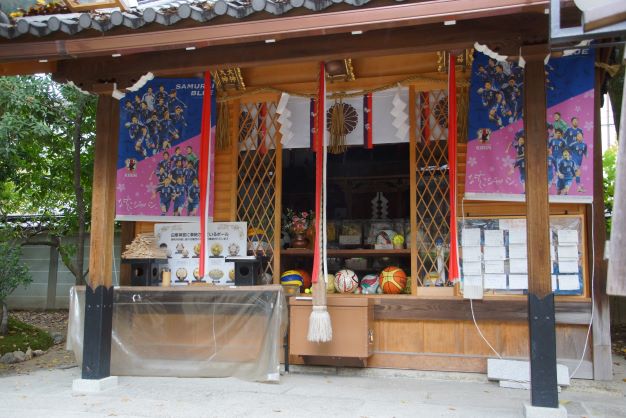Kazuyoshi Miura is Japan’s second-leading goal scorer, but he hasn’t scored for his country in 23 years. He’s not sitting around at home, though; since scoring his 55th international goal, he has played over 400 matches, and this week joined Portuguese club Oliveirense on loan from Yokohama FC.
Later this month Miura will turn 56 (!), and his astonishing longevity as a football player made us think about Japanese longevity in general.
Among G7 nations, Japan claims the longest longest average life expectancy, due primarily to low mortality rates from ischemic heart disease and cancer. But as recently as the 1960s, Japan had the shortest average life expectancy among G7 countries.
So what changed? Mainly, diet.
Japan’s low mortality rates from ischemic heart disease and cancer are believed to be attributable mostly to the typical Japanese diet, which is characterized by a high proportion of vegetables (including seaweed) and fish, as well as the introduction (since 1945) of “Western” dietary staples (mostly consumed in moderation) such as meat, milk, and dairy products.
So yeah, we’re talking about Japanese food! Again! Check out our previous posts on the use of the word “oishii”, the legendary Copenhagen restaurant Noma bringing formal kaiseki to its place of birth in Kyoto; Japan’s most famous food-related brand – Kobe beef; and the myriad options for vegetarian and vegan travellers to Japan.






